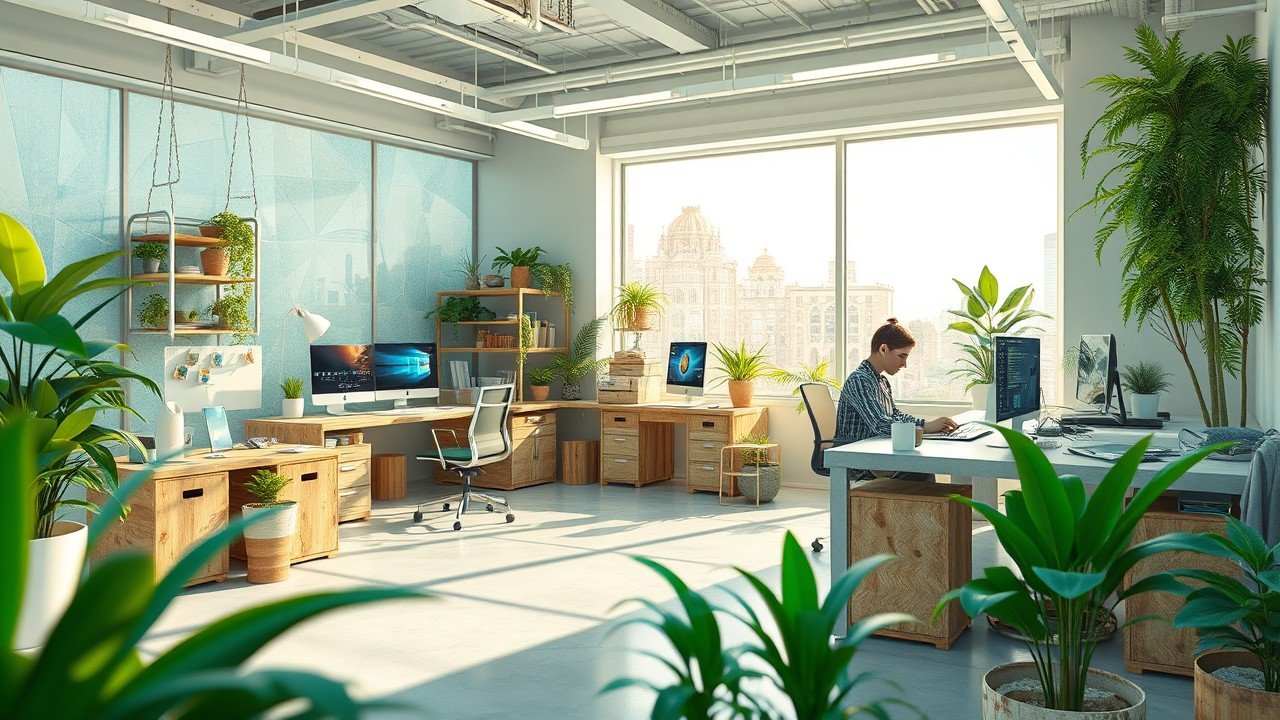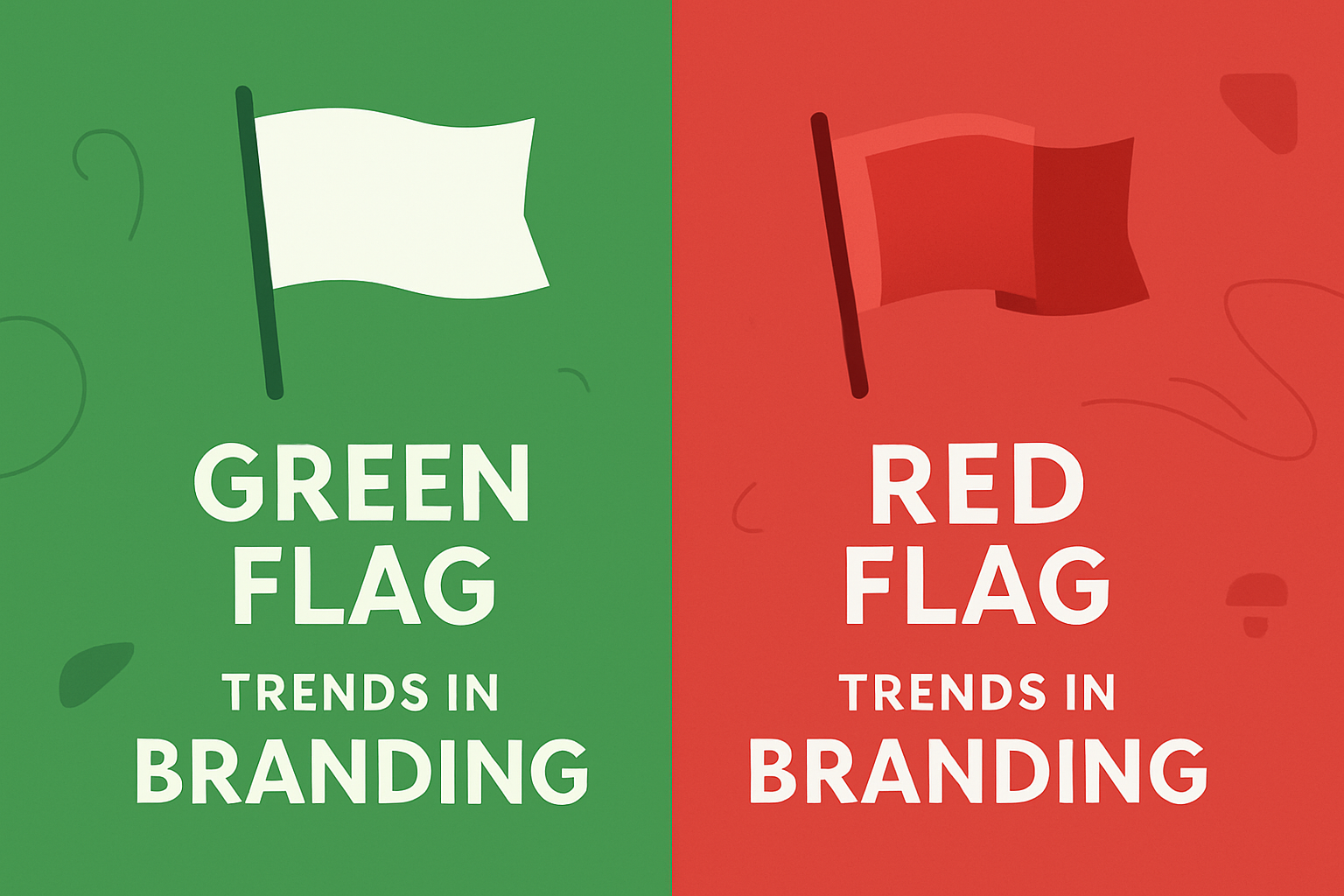In recent years, sustainability has become a critical focus across industries, and the field of 3D modeling is no exception. With a growing emphasis on reducing waste, optimizing material usage, and fostering sustainable practices, 3D modeling is poised to play a transformative role in achieving environmental goals by 2030. From architecture to fashion to manufacturing, the industry impact of sustainable 3D modeling has been profound. As more companies adopt these technologies, they find that sustainability is not only good for the planet but also beneficial to their bottom lines.
This article will explore how sustainable 3D modeling practices are driving significant changes in various industries and provide three detailed technology success stories that demonstrate the real-world benefits of these innovations.
Table of Contents
Industry Impact of Sustainable 3D Modeling
Sustainability in 3D modeling revolves around using advanced digital tools to optimize designs, minimize waste, and reduce energy consumption during production. The industry impact of these practices is multifaceted: businesses save on material costs, lower their carbon footprints, and meet rising consumer demand for eco-friendly products.
One of the primary ways that 3D modeling technology promotes sustainability is through virtual prototyping. By creating and refining digital prototypes before any physical production occurs, companies can identify potential design flaws, test product performance, and optimize for material efficiency without wasting resources. This shift away from traditional, wasteful production methods helps industries cut down on unnecessary material usage and reduces the need for excess stockpiling.
Another benefit of sustainable 3D modeling in industry is the ability to simulate the use of environmentally friendly materials, ensuring that products are designed with sustainability in mind from the outset. By using sustainable materials, 3D modeling not only reduces the environmental impact of products but also helps companies comply with environmental regulations and sustainability initiatives.

Example 1: 3D Printing and Sustainability in Architecture
The architecture industry has traditionally been resource-intensive, with significant material waste during the construction process. However, the adoption of 3D printing technologies in architecture has brought innovative solutions that align with sustainable design goals. By 2030, experts predict that 3D printing will play an even larger role in reducing waste in the construction sector.
A prime technology success story is the 3D-printed housing project by ICON, a construction technology company. ICON has developed 3D printing applications in real-world scenarios to create low-cost, sustainable housing in a fraction of the time and with significantly less material waste than traditional construction methods. Their innovative use of technology has already led to the development of entire 3D-printed neighborhoods, with homes constructed using minimal resources and built to be energy-efficient.
The 3D printing process used by ICON reduces waste by only using the exact amount of material needed to build the structure, minimizing off-cuts and excess material disposal. The ability to produce homes in an environmentally friendly way, while also addressing the housing crisis, demonstrates the industry impact that 3D modeling technology can have on both sustainability and social good.
Example 2: Sustainable Fashion Design with 3D Modeling

The fashion industry is one of the largest contributors to global waste, with millions of tons of fabric discarded each year. However, sustainable 3D modeling is transforming how clothing is designed and produced, helping reduce waste and promote environmentally responsible practices.
A standout example of technology applications in real-world scenarios is the work of Unspun, a fashion startup that uses 3D modeling to create custom-fitted jeans. Instead of mass-producing standard sizes, Unspun uses body-scanning technology and 3D modeling software to create made-to-order jeans, eliminating the need for excess inventory and fabric waste. This innovative use of technology aligns with the sustainability goals of reducing overproduction and optimizing material usage.
Unspun’s business model is a success story that highlights how sustainable 3D modeling can drive both economic and environmental benefits. By reducing fabric waste, lowering production costs, and offering a customizable, sustainable product, the company has been able to tap into the growing demand for eco-friendly fashion. Their approach is not only minimizing the industry’s environmental impact but also contributing to a circular economy where waste is drastically reduced by 2030.
Example 3: Sustainable Manufacturing with 3D Modeling and Additive Manufacturing
Manufacturing is another sector that has experienced significant changes due to the rise of sustainable 3D modeling practices. Additive manufacturing, also known as 3D printing, has emerged as a key tool for minimizing waste and improving material efficiency in the production of complex parts and components.
One notable technology success story comes from Siemens, which has adopted additive manufacturing to produce complex turbine blades for power generation. By using 3D modeling and additive manufacturing, Siemens can create highly efficient, lightweight blades with far less material waste than traditional manufacturing methods. This innovative use of technology allows Siemens to cut down on excess metal and reduce the energy needed to produce these parts.
Additionally, Siemens’ approach to 3D modeling reduces the need for multiple physical prototypes, as digital simulations allow engineers to test the blade’s performance in various conditions. This results in shorter development cycles, reduced material waste, and significant cost savings. The industry impact of this technology on Siemens’ manufacturing processes illustrates the potential for 3D modeling to drive sustainable change across a wide range of sectors by 2030.
The Road to 2030: A More Sustainable Future with 3D Modeling

As we look toward the future, the role of 3D modeling in driving sustainability is only set to increase. By 2030, industries that have fully embraced these technologies will benefit from reduced waste, optimized material usage, and more efficient production processes. The benefits of 3D modeling in industry are clear: fewer physical prototypes, better use of sustainable materials, and a reduction in the environmental impact of production.
The innovative use of technology in architecture, fashion, and manufacturing showcases how 3D modeling is already revolutionizing these industries. From 3D-printed houses to custom-fitted jeans to additive manufacturing of turbine blades, the success stories presented here offer just a glimpse of the transformative potential of sustainable 3D modeling practices.
As companies continue to adopt and innovate with 3D modeling technology, they will be better equipped to meet the environmental challenges of the future while also enhancing their competitiveness in the marketplace. By focusing on sustainability, industries can reduce their ecological footprints and position themselves as leaders in a rapidly changing, environmentally conscious world.
Overall
The future of sustainability in design lies in the growing emphasis on 3D modeling, which allows industries to optimize their material usage, minimize waste, and create innovative solutions that benefit both the environment and business. The industry impact of this technology is already being felt in architecture, fashion, and manufacturing, and by 2030, it will become an essential tool for companies striving to meet their sustainability goals.
With years of expertise in this technology, we are here to support your needs. If you’re interested in learning more about similar technologies and how they can be applied, feel free to reach out to our team at . You can also connect with us via LinkedIn at or reach our support team on WhatsApp at.






